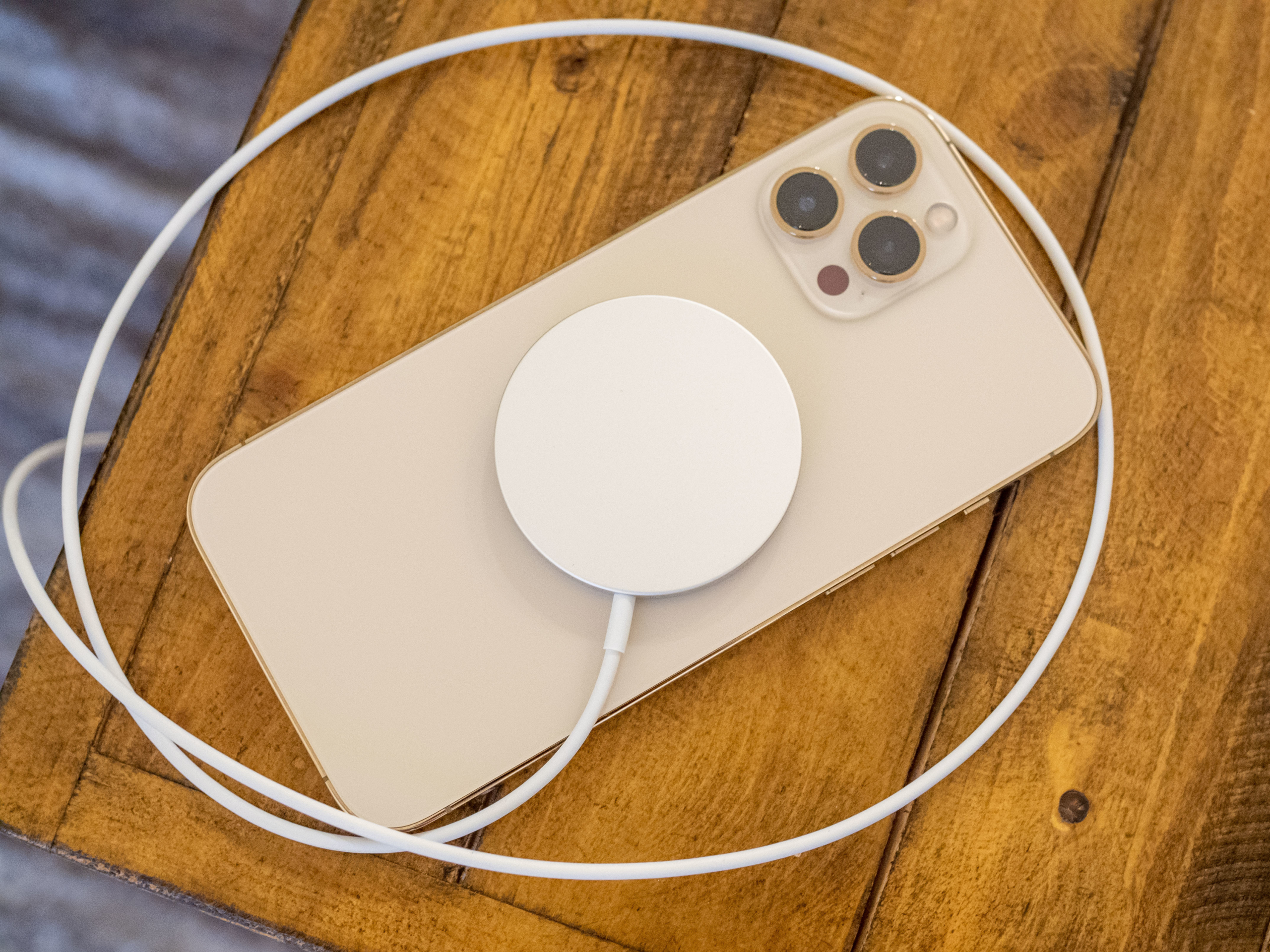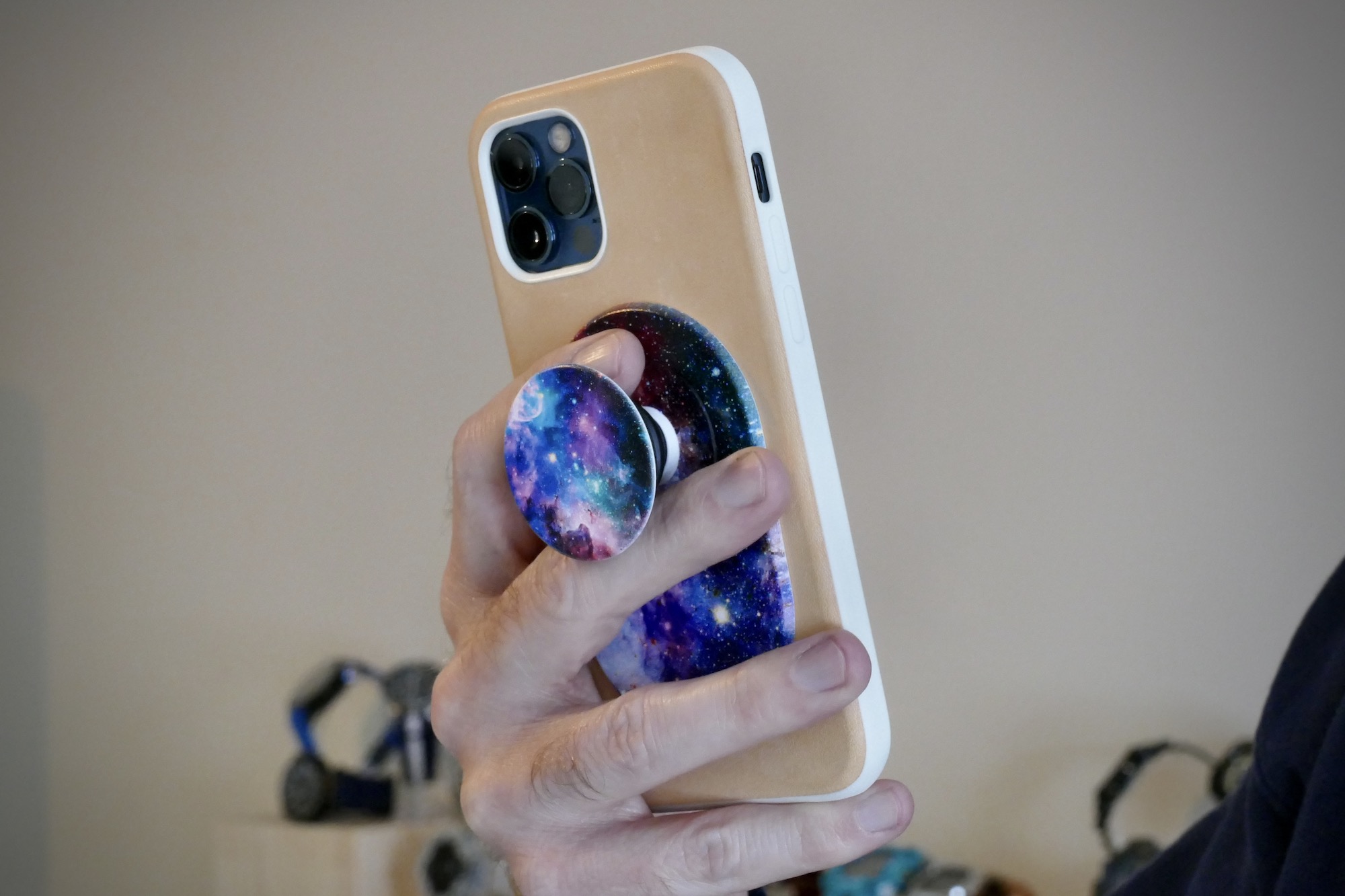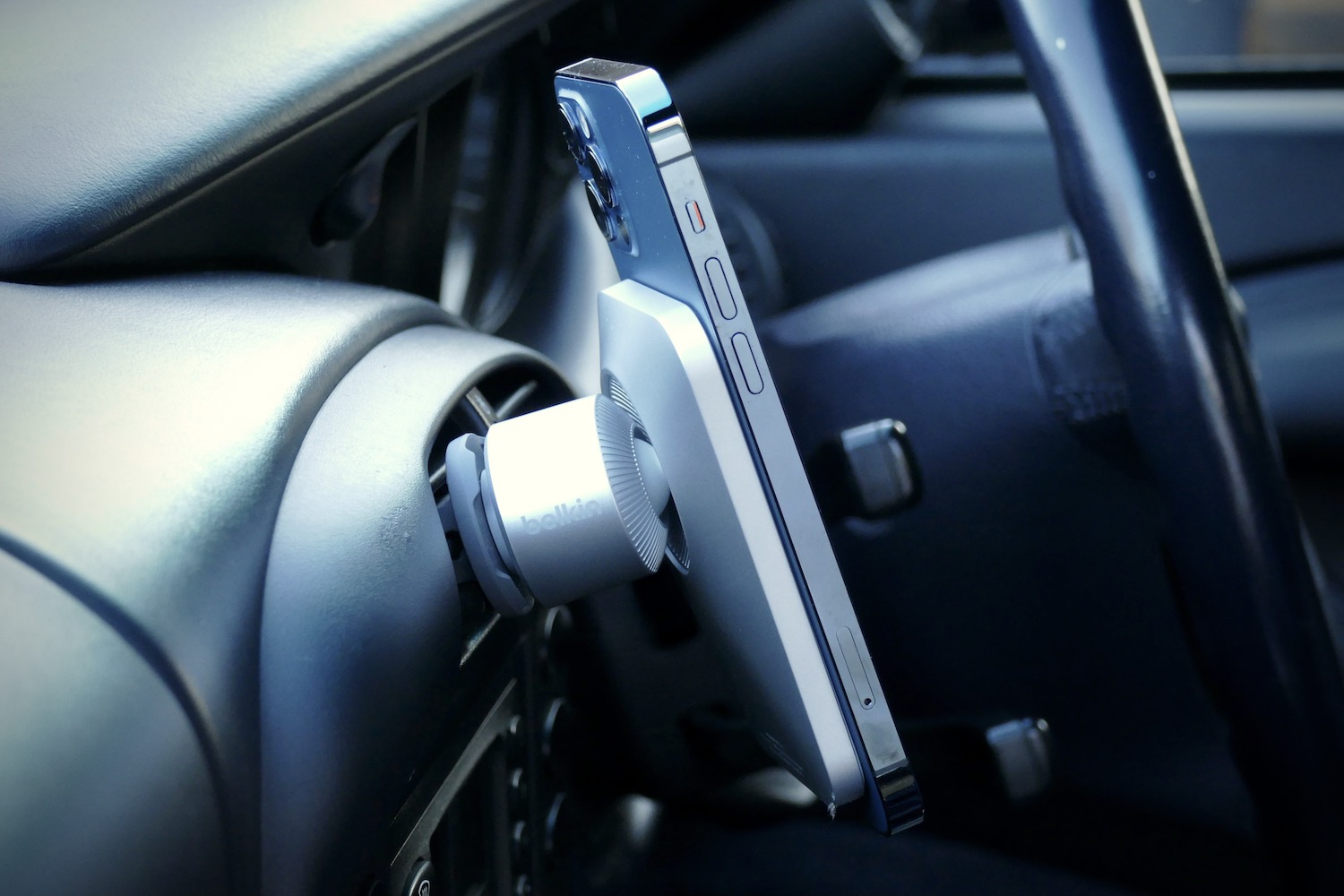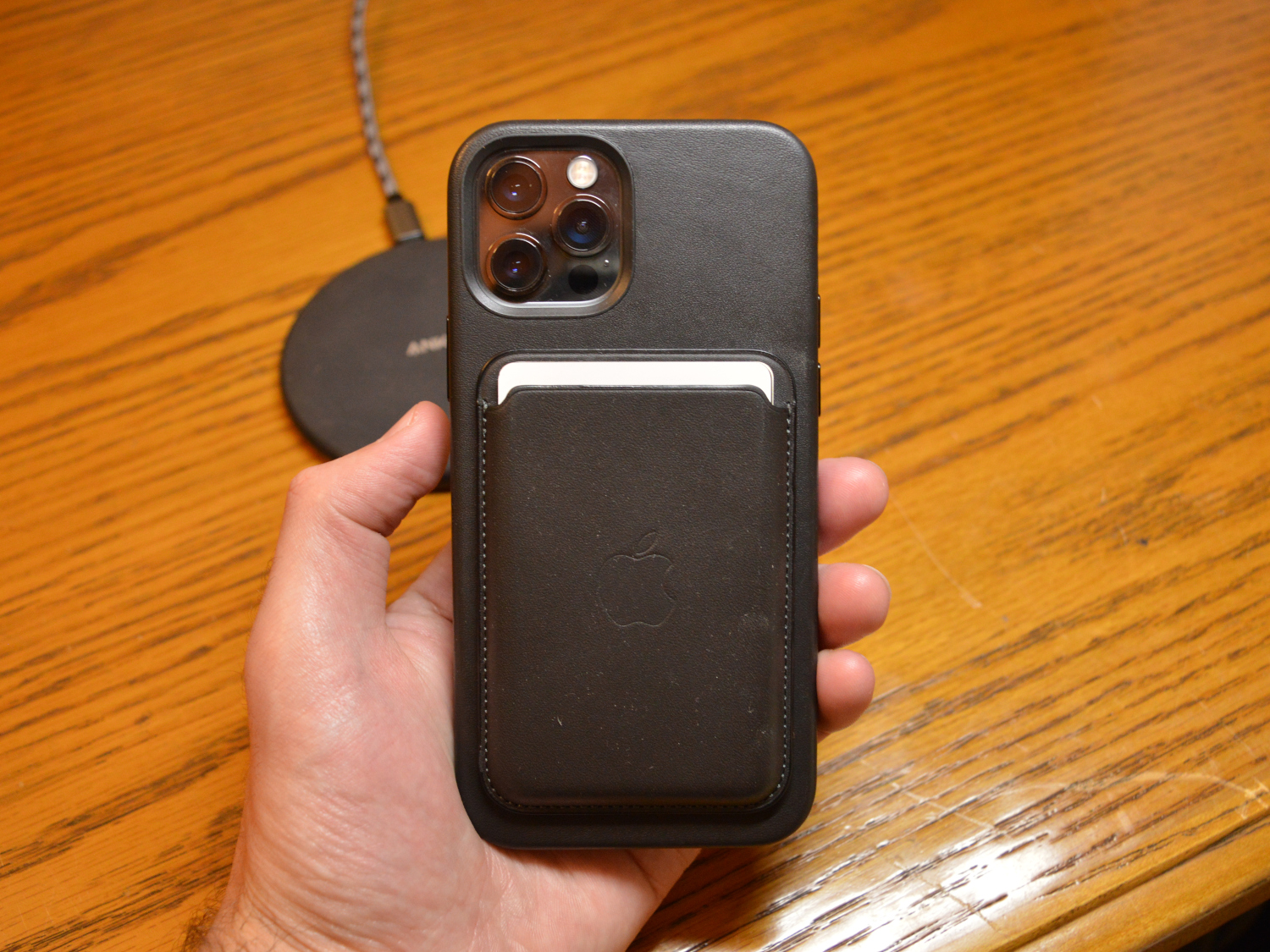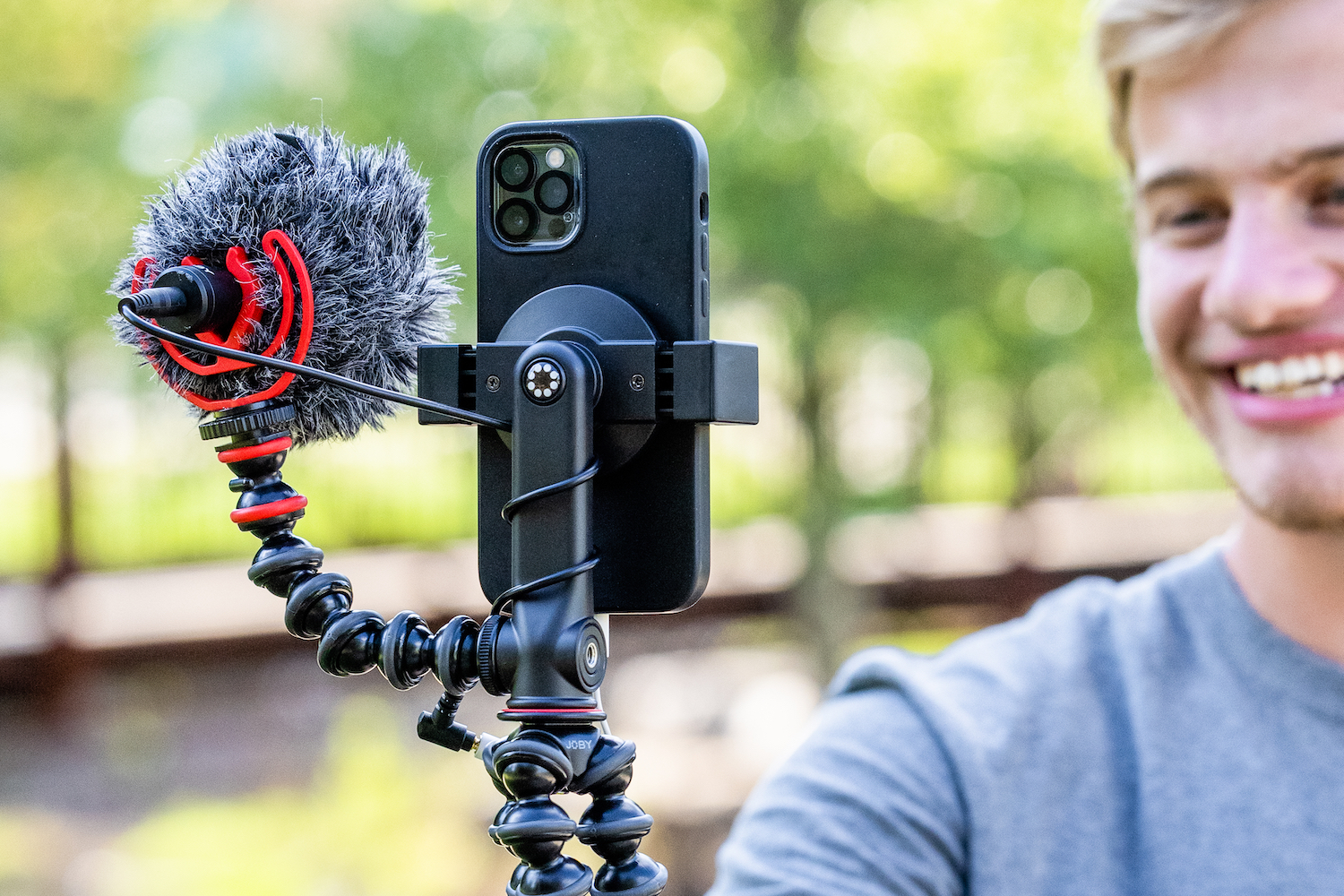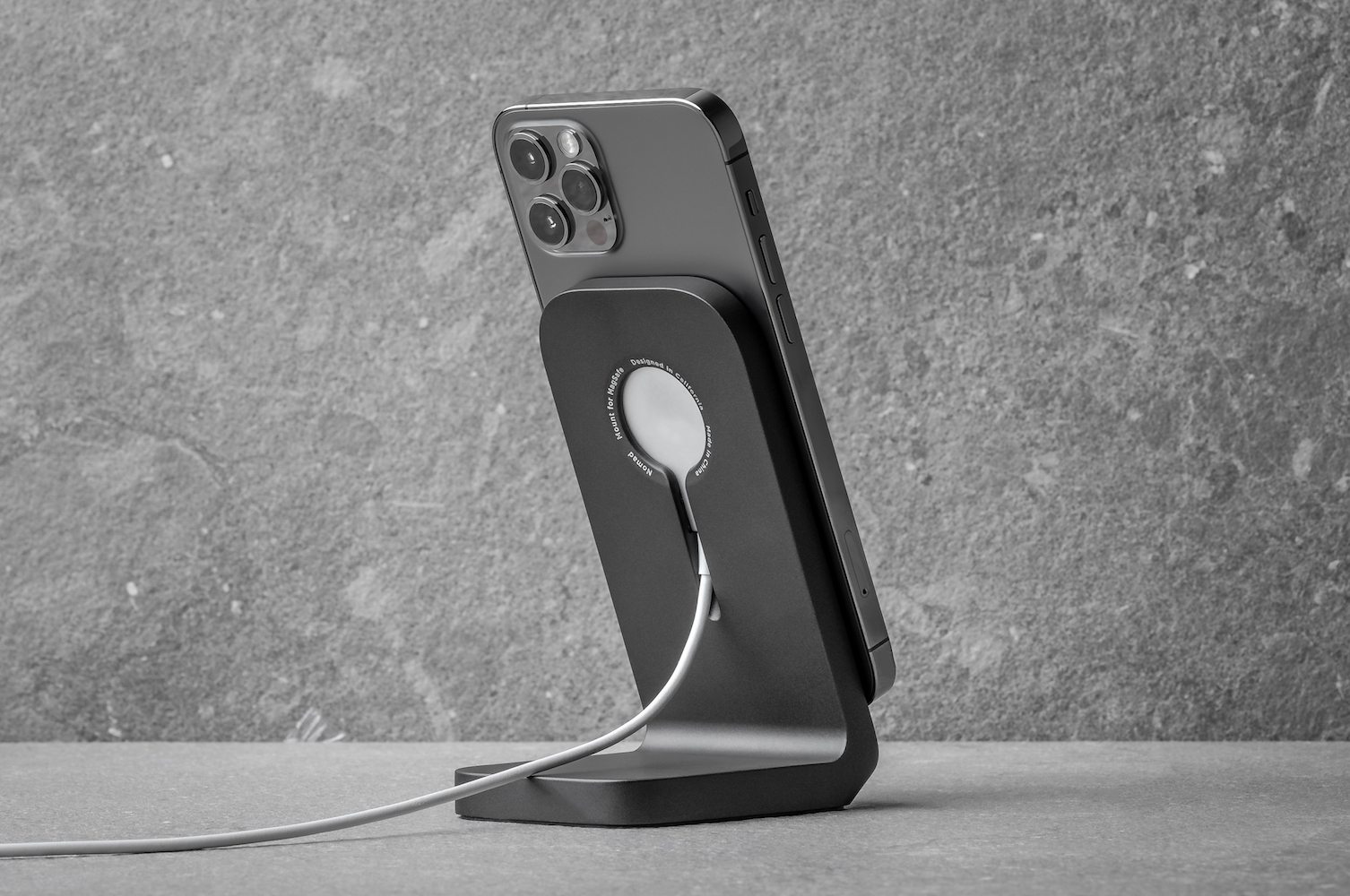MagSafe was one of the top new features introduced on the Apple iPhone 12 in 2020, and it’s also made its way to the new iPhone 13. “MagSafe has been a hit,” Kaiann Drance, vice president of Apple’s iPhone product marketing, said during the September 2021 California Streaming event, before listing some of the accessories that come with MagSafe.
Measuring success isn’t easy, but what’s the verdict on MagSafe as a feature? Is it something you want and, better still, will you get some value from? I’ve used MagSafe for the last year, and what follows is a “State of MagSafe” report. If you’re waiting for the iPhone 13 and wondering what MagSafe is all about — and whether you should splurge on accessories — this is for you.
What it does
Before we get into it, it’s worth taking a moment for a quick explainer. MagSafe could be considered an evolution of the MagSafe technology previously used on MacBooks, where the charging cable was held on to the chassis by some magnets. On the iPhone, it’s part of the wireless charging technology in all iPhone 12 and iPhone 13 models. Simply put. magnets hold your iPhone securely in place on the puck when the phone is charging. The magnets are also used to secure MagSafe accessories to the iPhone.
There are many compatible accessories available, from Apple’s own MagSafe Charger and MagSafe Wallet, to cases with MagSafe and charging docks. Some big-name accessory brands are on board, including PopSockets, Joby, and Nomad. Apple even makes a portable MagSafe battery pack, so there’s plenty of choice for the budding MagSafe adoptee.
Ever since taking delivery of the iPhone 12 Pro in September 2020, I’ve used at least one MagSafe accessory at any given time. I purchased the transparent Apple MagSafe case, plus the MagSafe charger, with the iPhone 12 Pro, and since then I’ve also reviewed a selection of accessories, including Belkin’s Boost Charge 3-in-1 charging dock and its in-car MagSafe holder. MagSafe has become part of my life, to the point where I use it every day. However, while it’s good, if you took MagSafe away , probably wouldn’t miss it.
The best MagSafe accessory I’ve used
For me, “best” means most useful, and that’s without a doubt the Belkin Boost Charge 3-in-1 Charging Dock. It’s expensive at $150, but it has remained on my bedside table ever since I first tried it in March. There are no ugly or annoying wires apart from the main one trailing down to the wall socket, yet it can charge my iPhone, Apple Watch, and a set of wireless charging earbuds all at the same time.

The neat presentation and versatility means I never fumble around for a spare cable, or need three separate chargers nearby, plus the MagSafe magnet pad for the iPhone is strong and secure, so I don’t have to worry about the phone slipping off in the middle of the night. The MagSafe pad holds the phone at an angle, so I can quickly tap the screen and easily see the time without effort, even in the dark. It’s a shame it can’t be manually tilted a little, as it’s too heavily angled for me to watch video.
That’s where my iPhone stays when it needs charging, and the addition of the Apple Watch charger and Qi wireless charging pad adds a huge amount of convenience, as I never need to search for a charger, or for somewhere to plug one in. If I use MagSafe every day, that backs up Apple’s claim that it’s “a hit,” right? Yes, but not entirely.
What’s bad about MagSafe?
I don’t like the feel of Apple’s transparent MagSafe case, and have since swapped to Nomad’s excellent Rugged Case, but this is a personal preference and not anything to do with MagSafe. Instead, the Scosche MagicMount MSC in-car mount is the product I’ll use to illustrate what’s bad about MagSafe.
Scosche makes some good products, but it has leapt aboard the MagSafe train without really thinking about how people may use the tech. The $35 MagicMount MSC is a glorified in-car holder for the standard MagSafe charger rather than explicitly for holding your iPhone. The idea is you can keep its battery topped up “wirelessly” when driving.
Obviously, it’s not really wireless, as the MagSafe charger has a wire that needs to be plugged in somewhere, but that’s not what makes it a bit rubbish. It’s actually because it’s useless without the MagSafe charger. There is no way of supporting your phone without using the charging plate, so either you need to remember to take the charger with you every time you go out — and to remove it at the end of each journey for use at home — or you buy two of the $50 pucks.
That makes it an $85 in-car charger, when non-MagSafe versions can cost less than half as much and do the same job — and that’s all before you realize the standard Apple MagSafe charger’s magnets are not that strong, making it difficult to trust vertical support in anything other than a Rolls Royce on tarmac smoother than a pool table. Why Scosche couldn’t have added other magnets to make the product more secure and useful, and thus really embrace the concept of MagSafe, I have no idea.
Would I miss MagSafe if it wasn’t there?
Not being very useful sums the issue with MagSafe up quite well. MagSafe can work when used thoughtfully, there are some interesting accessories available, and yes, I use it every day, but this usefulness is never directly because of MagSafe. If MagSafe wasn’t there, I wouldn’t miss it because the transformative use — should one be possible — of the technology hasn’t arrived yet. What I do with MagSafe could still happen if MagSafe wasn’t part of the equation.
For example, attractive multifunctional docks that hold the iPhone in place have been around for ages, and there is no shortage of options. Belkin in 2015 made a great dock for Lightning-equipped iPhone models, complete with an Apple Watch charging plate, and it both looks very similar and performs basically the same job as the MagSafe version.
What I do with MagSafe could still happen if MagSafe wasn’t part of the equation.
MagSafe is a very Apple-like feature. It is a visually clean, fuss-free technology that can simplify your life, whether it’s through better cable management or ensuring that your phone stays securely fastened to its wireless charger, even if it gets knocked around. However, beyond this, there hasn’t been one use of the tech in a new product that really stands out, and it has stayed as an alternative to other less high-tech and, therefore, more versatile systems. A year on, MagSafe remains nice to have, but is by no means something that will drastically change the way you use or live with your phone.
Editors' Recommendations
- 3 reasons why I’ll actually use Anker’s new iPhone power bank
- Mophie made one of the cutest iPhone accessories I’ve ever used
- The iPhone 17 may get a display upgrade I’ve waited years for
- Apple just released iOS 17.4. Here’s how it’s going to change your iPhone
- I tried the Apple Vision Pro. Here’s why it won’t replace my iPhone

